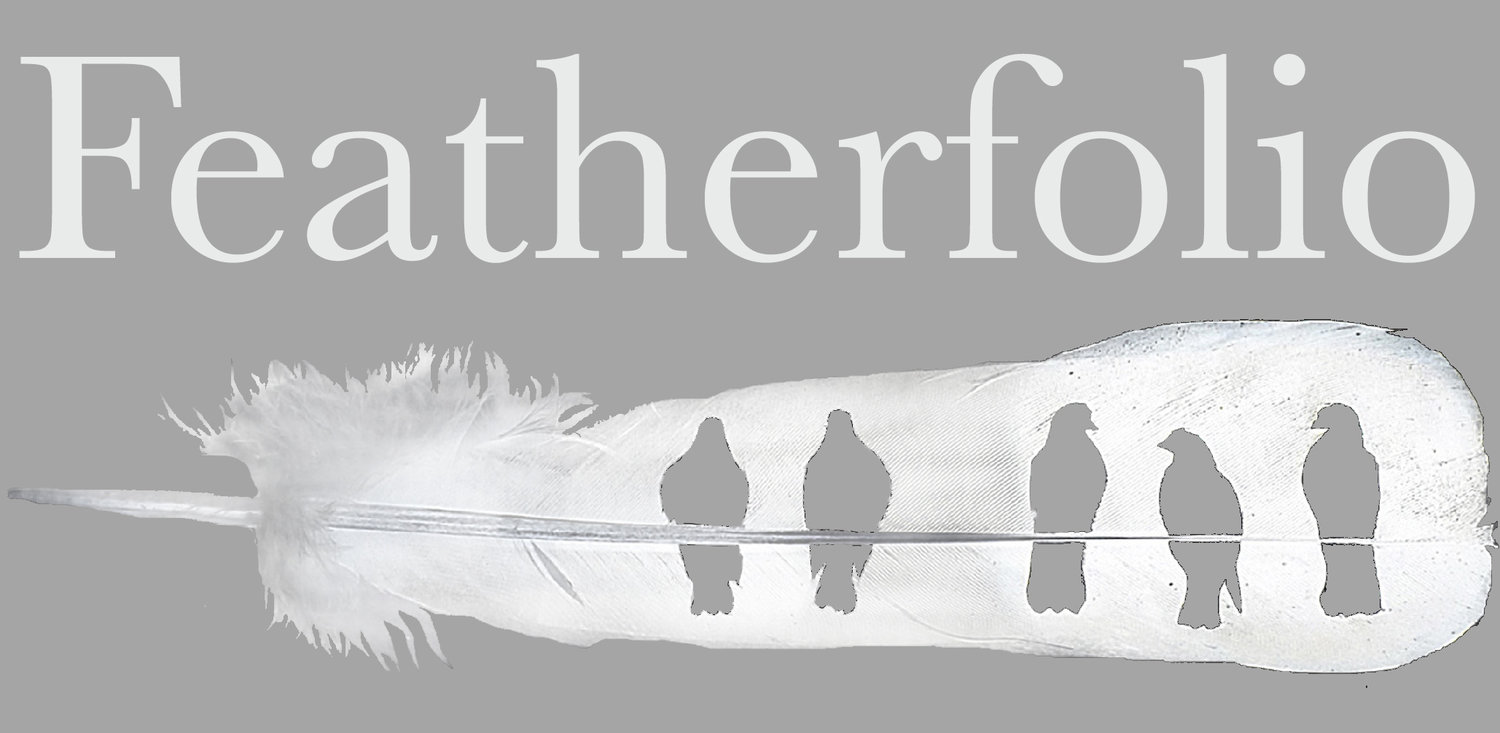This history of the bird feather fashion trade just over 100 years ago is jaw-dropping for the amounts of birds that were killed. This website link lists kinds of species killed, number killed and prices for each. For instance, to quote an entry , “six egrets to yield one “ounce” of aigrette plumes. This being the case, the 21,528 ounces sold over a nine moth period, as above table states, translates as 129,168 egrets killed for the London plume markets alone.”
Fashioning Feathers: Dead Birds, Millinery Crafts and the Plumage Trade is an exhibition conceived and created by Dr Merle Patchett © 2011.
In the early part of the 20th century the business of killing birds for the millinery trade was practiced on a large scale, involving the deaths of hundreds of millions of birds in many parts of the world.
In North America, the Heron family was favoured due to its abundance and beautiful wispy feathers. By the turn of the 20th century, this trade had nearly eliminated egrets in the US, and populations of numerous other bird species around the globe were also approaching extinction.
Reports of these atrocities led to the formation of the first Audubon and conservation societies, who sought to ban the trade and persuade ladies not to use plumage for their own adornment. Campaigns against ‘murderous millinery’ by the Audubon Society in the US and the RSPB in the UK initiated wildlife protection acts which eventually prohibited both national and international commerce in protected bird species.
This section of the Dr. Patchett’s exhibition seeks to outline the extent of the business of killing birds for the millinery trade and to evidence the efforts of various individuals and groups to bring an end to the international plumage trade.

